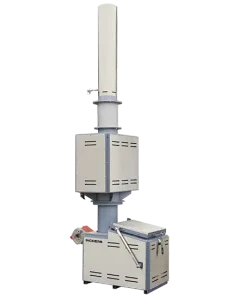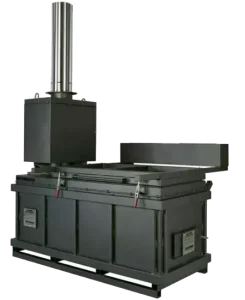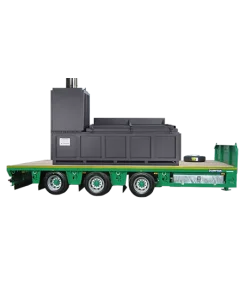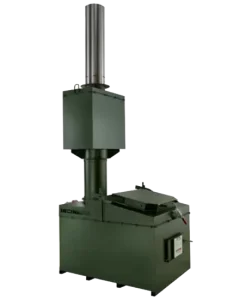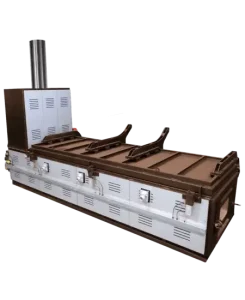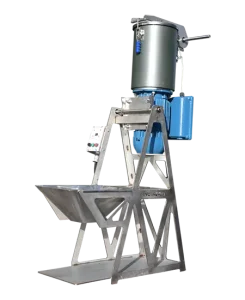When we think of recycling, plastic waste often comes to mind. Since it is one of the most complex materials to recycle, there is an ongoing effort to reduce the amount of pollution through recycling. Plastic recycling is the process of recovering plastic materials and products into something new.
How is Plastic Recycled?
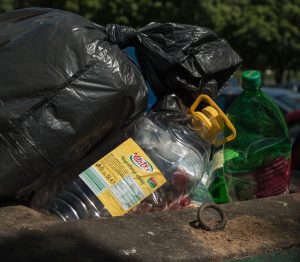
When they are taken to a recycling facility the first step is sorting the waste by its type. The sorting is typically done manually as this is more effective. Once the plastic has been sorted it should be cleaned in order to get rid of any contaminants. After it has been sorted and cleaned, it can either be shredded or melted in order to be made into new products.
Different Types of Plastics
There are seven common types that are used commercially with their own RIC codes (Resin Identification Codes). The RIC can be found on a product with a number from 1 to 7 surrounded by three arrows forming a triangle.
The lower the number the more likely the more recyclable the product is. Each RIC represents the specific type of resin used in the product. These include:

- Polyethylene Terephthalate (PET) & Typically included in drink bottles, medicine jars, carpet, combs, and rope.
- High Density Polyethylene (HDPE) & Found in milk cartons, shampoo bottles, children’s toys, and motor oil.
- Polyvinyl Chloride (PVC) & Found in clingfilm, plumbing pipes, carrier bags, shoes, gutters, and window frames.
- Low Density Polyethylene (LDPE) & The type of resin used to make plastic bags, frozen food bags, sandwich bags, bottles for condiments, and material to hold multi-packs of cans.
- Polypropylene (PP) & Can be found in certain car parts, Tupperware containers, bottle caps, disposable cups and plates, and kitchen utensils.
- Polystyrene (PS) & Commonly used in delivery packaging, packing foam, disposable coffee cups, disposable cutlery, and food containers.
- Other such as polycarbonate, acrylic, and nylon & Commonly included in CD’s and DVD’s, medical storage containers, lighting fixtures, and glasses.
Is All Plastic Recyclable?

It is a common belief that all of the plastic we recycle is taken away and reused for other products. However, plastic recycling is much more complicated than this. Since each type is made up of various types of resin that all melt at different temperatures, recycling factories are often only set up to process specific types of resin. For this reason, not all types can be mixed together to be recycled.
Plastics That Cannot Be Recycled
Different plastics mixed together make it harder for them to be recycled. For example, the material used in water bottles and their lid are completely different. This makes it difficult for them to be melted down to be moulded into a new product due to the different elements they contain.
Out of the 7 common plastics the list below shows the ones that cannot be recycled:
- Polypropylene (PP)
- Polystyrene (PS)
- Miscellaneous (Polycarbonate, acrylic, fiberglass, nylon etc.)
Although these materials cannot be recycled, there are other ways they can be used before ending up in landfill.
Using Plastic Waste for Energy
Mixed with other materials, plastic can be processed in an incinerator to generate heat, electricity, and hot water. This is process is called Waste to Energy. Waste to energy plants are a viable way to dispose of single use plastics and recover some of the energy used for its production.

Using Plastic as Fuel for a W2E Plant
Within the Waste to Energy industry fuel’ is referred to as feedstock’. Combining plastic waste with other high calorific waste such as RDF, will produce the most suitable feedstock for energy generation. Waste to energy plants can generate enough electricity to supply tens of thousands of houses. An estimated 31% of plastics in the EU end up in landfill, posing a threat to wildlife around it and the environment.
By using plastic waste that can’t be recycled as feedstock for waste to energy, we are able to decrease the amount that ends up in our landfills and lessen the impact of pollution.

